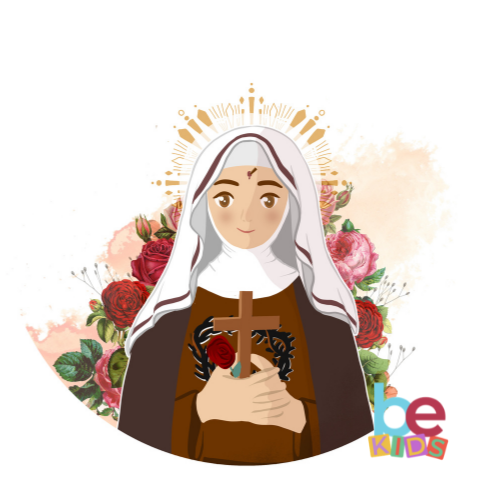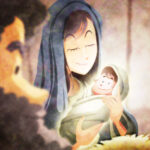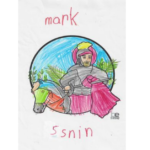
The life story of St. Rita of Cascia sounds more like a melodramatic novel set in the Middle Ages than the life story of a saint! She was an outstanding woman who faced the challenges of her life on her way to sainthood.She was a married woman, a mother, a widow, a nun, a saint. Her real name was Margherita called Rita for short. She was born in Roccaporena, on the outskirts of Cascia in Italy. She lived between 1381 and 1457, at a time when Italy was riddled with turbulent events, marked by violent feuds between rival leading families, involving murders and revenge.
From a very young age Rita wanted to enter a convent. However, her parents, according to the customs of those days, arranged a marriage for her when she was still a teenager. Her husband was a violent man and he mistreated Rita, while continuing to be involved in violent feuds. But she continued to be patient and forgiving, as she fulfilled her role as his wife and mother of their two twin sons. She prayed for him endlessly and eventually he changed his ways. However, one day he was murdered by a rival family in revenge of a previous feud. Their two sons, vowed to avenge their father’s murder. Rita prayed to God to safeguard her sons from committing murder, to the extent that she would rather see them dead than to see them commit the mortal sin of murder. Her two sons became seriously ill with dysentery and died soon after having converted. Rita, now felt that she could fulfil her call to continue serving God as an Augustinian nun in the Monastery of St. Mary Magdalene. However her request was refused. Her background, through her husband’s activities caused the nuns to be hesitant in accepting her among them fearing that ‘unfinished business’ from her husband’s past, could follow her beyond the convent walls.
Rita had pardoned her husband’s murderers publicly, but she was also requested to find a way to end the feud between the rival families! Undaunted by this seemingly impossible task, she set out to achieve her mission. Both rival families were impressed by her courage in her demands for peace. As a result, both families signed an agreement of peace.
Rita was then accepted in the Monastery where she spent her days in prayer and contemplation. One day, as she was in deep meditation on the Passion of Christ, a deep wound appeared on her forehead, as if she had been pierced by a thorn from Christ’s crown of thorns. It caused her to suffer until her death.
St. Rita of Cascia remains as the patron saint for the intercession of impossible cases and circumstances.












